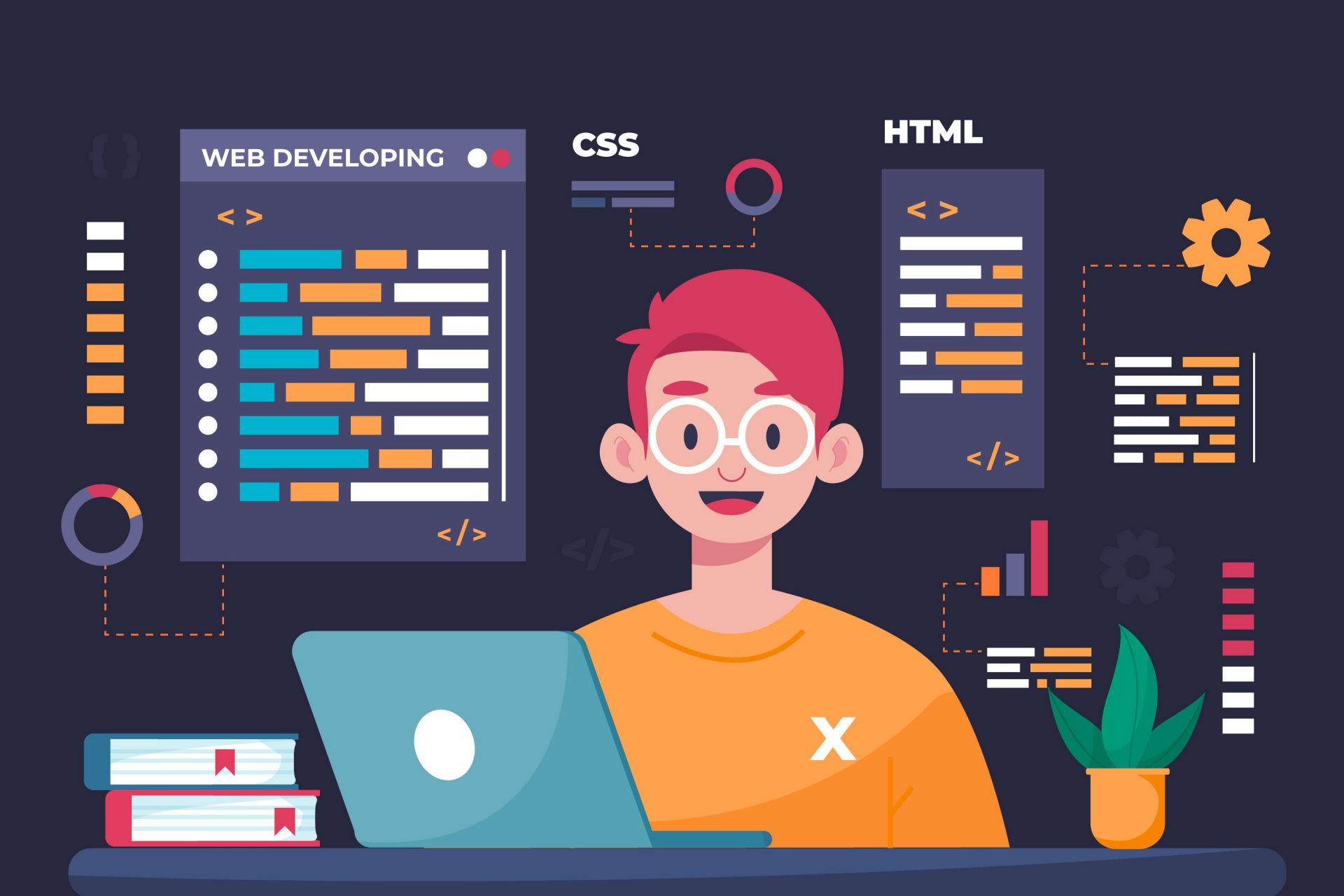Modern web and mobile applications are not just about features. Today, user experience (UX) is just as important as functionality. The way an app responds to clicks, loads data, or gives feedback shapes how users feel while using it. One of the most powerful tools to improve UX is microinteractions — small, quick actions that respond to user input.
Another important concept is event streaming, where different parts of the system communicate in real-time. When combined, microinteractions and full stack event streaming create strong feedback loops that make apps feel smooth, alive, and responsive.
In this blog, we’ll explain what microinteractions are, how event streaming works, and how to use them together for better UX. These are important concepts for developers who want to build applications that feel fast and modern. These topics are also taught in hands-on programs such as full stack developer course in Bangalore, where students learn to create real-time and responsive applications.
What Are Microinteractions?
Microinteractions are tiny, single-purpose actions in a user interface. They are usually small animations or sounds that give users feedback.
Some common examples include:
- A heart icon filling up when you like a post
- A loading spinner while data is being fetched
- A button that changes color when clicked
- A vibration when you receive a message
These actions may seem small, but they play a big role in how users feel about an app. A good microinteraction tells users, “Yes, your action was received and is being processed.”
Benefits of Microinteractions:
- Give immediate feedback to the user
- Make interfaces feel alive and responsive
- Help users understand what’s happening
- Reduce confusion and errors
Microinteractions are especially important in mobile and web apps where fast feedback is expected.
What is Full Stack Event Streaming?
Event streaming is a way for parts of a system to talk to each other using events. An event is something that happens — like a user clicking a button or a server saving data.
In full stack event streaming, these events are captured from the front-end and passed all the way to the back-end and other services. This setup is useful when you want different parts of the app to respond to the same action in real-time.
For example:
- A user sends a chat message (front-end event)
- The server receives it and stores it (back-end processing)
- Another user sees the message instantly (real-time update)
Tools like Kafka, Redis Streams, and WebSockets are commonly used for full stack event streaming. This technique connects the front and back end into one continuous flow.
Understanding event streaming across the full stack is a key part of many backend systems. Developers looking to master these skills often join a full stack developer course, where they get hands-on practice with real-time features.
Why Combine Microinteractions and Event Streaming?
When you combine microinteractions with full stack event streaming, you create a smooth, real-time feedback loop. This means:
- The user does something
- The interface responds instantly
- The action is processed in the back end
- The result comes back and updates the UI
This loop gives users confidence that their actions matter. It also makes your app feel fast, even when it’s doing complex work behind the scenes.
Example:
Let’s say a user uploads a profile picture.
- Microinteraction: The upload button shows a loading animation.
- Event stream: The image is sent to the server and stored.
- Feedback loop: The server sends a success event, and the new picture appears on the profile.
This full feedback cycle gives the user trust and improves their experience.
How to Build UX Feedback Loops
Here are simple steps to combine microinteractions and event streaming in your app.
1. Capture the Event at the Front End
Use front-end frameworks like React, Angular, or Vue to capture user actions. When a user fills a form, fire an event and start a microinteraction like a spinner or animation.
function handleClick() {
showLoadingAnimation();
sendEventToServer();
}
2. Stream the Event to the Back End
Use WebSockets or APIs to send the event to the server in real-time. On the server, use tools like Kafka or Redis Streams to process the event and decide what should happen next.
// NestJS example
@MessagePattern(‘user.profile.upload’)
handleUpload(data: UploadEvent) {
// Save the image
// Notify other services
}
3. Send Feedback to the Front End
Once the back end processes the event, send a response back to the front end. This could be a success message, an updated UI, or an error notice.
socket.on(‘uploadComplete’, () => {
hideLoadingAnimation();
showSuccessToast();
});
This flow closes the loop and gives users fast feedback with clear visuals.
This kind of feedback cycle is what makes modern apps feel smooth and responsive. Many training programs, like a full stack developer course in Bangalore, include projects where students implement these feedback loops using modern tools.
Tools to Use
Here are some popular tools used in real-time feedback systems:
- Front End: React, Angular, Vue
- Microinteractions: CSS animations, Lottie, Framer Motion
- Event Streaming: WebSockets, Socket.IO, Kafka, Redis Streams
- Back End: Node.js, NestJS, Express, Fastify
- Message Queues: RabbitMQ, NATS, MQTT
Choosing the right tools depends on your app’s size, performance needs, and how many users it serves.
Real-World Use Cases
Here are a few examples where this technique is used:
Chat Applications
Each message is an event. The system shows typing indicators, message animations, and real-time updates using microinteractions and event streaming.
E-commerce Platforms
When a user places an order:
- Show animation (e.g., “Order Placed”)
- Stream the event to the server
- Update inventory and payment systems
- Confirm order with microinteraction (e.g., checkmark icon)
Social Media
When a user likes or comments:
- Heart icon fills instantly (microinteraction)
- Event goes to server
- Other users see the update in real-time
These features make users feel connected and make the app engaging.
In fact, building these systems is often part of project work in a strong full stack developer course, where learners build apps that need live updates, real-time feedback, and user-friendly interfaces.
Best Practices
To build effective UX feedback loops:
- Don’t rely only on animations. Make sure the system confirms success.
- Always provide fallback for slow connections.
- Avoid blocking actions — keep the UI responsive.
- Keep the animations quick and subtle.
- Test for both success and failure cases.
Good UX is not only about making things look good but also making them feel right. Microinteractions backed by real data changes make that happen.
Conclusion
Microinteractions and full stack event streaming are powerful tools for improving user experience. Microinteractions give users instant visual feedback, while event streaming connects the entire system in real-time. When combined, they create responsive and reliable UX feedback loops.
Using this approach, your app not only feels faster but also builds trust with the user. They can see that their actions are noticed, processed, and completed.
This is not just a design trick — it’s a full development strategy. Developers who understand both front-end and back-end processes can build these systems from scratch. That’s why topics like microinteractions, event streaming, and UX feedback are a big part of modern developer course programs. These courses give you the tools and practice needed to build smooth, real-time applications that users love to use.
By learning to combine small interface details with full-system communication, you can create apps that are not just functional — they’re delightful.
Business Name: ExcelR – Full Stack Developer And Business Analyst Course in Bangalore
Address: 10, 3rd floor, Safeway Plaza, 27th Main Rd, Old Madiwala, Jay Bheema Nagar, 1st Stage, BTM 1st Stage, Bengaluru, Karnataka 560068
Phone: 7353006061
Business Email: enquiry@excelr.com




